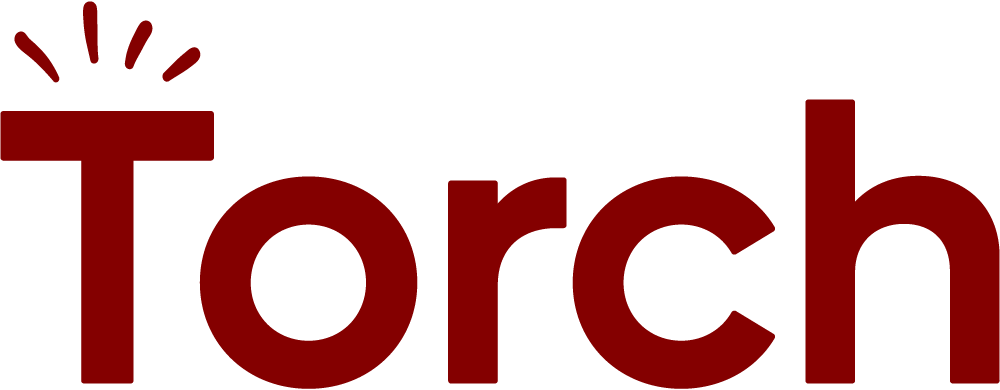
This is the third post in a series of posts from Torch coaches about the practical ways they use psychological science and behavior change research to drive impact for individuals, teams and organizations. Read the first post here, and the second post here.
Many people are skeptical of coaching because they don’t know if it “works”. Companies hesitate to invest because of a perception that it’s hard to measure and quantify the ROI. As a former engineer who was once a skeptic, but is now a certified leadership coach, I can attest to the tangible outcomes coaching produces.
Coaching promotes growth and change over time for those committed to self-development. On an organizational level, there are effective ways to structure and measure coaching programs. A few measurement examples include promotion, performance, improved team coordination, and higher retention rates. These are great metrics to measure the success of your coaching program at the end of an engagement. But how can you tell if coaching is working long before it wraps up? What does improvement look like in the context of day-to-day work?
Let’s explore some of the outcomes of coaching, and their leading indicators.
Coaching drives higher individual performance
High-performing employees see the broader picture, collaborate effectively within the team and cross-functionally, and have great foresight. The learning curve to improve performance as an individual contributor or leader can be significantly reduced through coaching. I coach employees to improve their performance in areas such as project planning, strategic thinking, or influencing others; however, these are the tip of the iceberg. Addressing these opportunity areas requires coaching around other factors such as ego, emotional intelligence, and imposter syndrome. Coachees start the coaching process with an understanding of what they need to work on, and coaching helps them learn how to authentically do it so that they can sustain the changes.
Let’s take a look at an example: a former coachee improved his performance over a four-month engagement by gaining a more strategic view of his work, as it related to the overall project vision.
Although he did excellent work and continued to exceed expectations in his performance reviews, he was often bored and zoned out in cross-functional requirements gathering meetings. To work on high impact projects and reach his goal of managing people, he recognized that he needed to engage more with his colleagues in and outside of meetings. It was important that he engaged genuinely, from a place of curiosity, as no one likes disingenuous colleagues.
Coaching helped him discover that his lack of motivation stemmed from not understanding the value of his work. He worked on smaller subsets of a larger initiative and could not see its importance or link it to the bigger goal. After gaining confidence to speak to more cross-functional team members and becoming more curious, he connected the dots and increased his motivation. His actions, and his increased motivation, resulted in more visibility, the ability to use his expertise to mitigate project risks, and courage to push for more complex projects.
Coaching improves team coordination and performance
Leaders who receive coaching not only increase their performance, but also their team’s performance. High performing leaders cultivate a team culture of collaboration and promote self-development within the team. This begins with a leader who is self-aware and aware of each team members’ strengths and knowledge gaps. Coaching helps leaders examine opportunity areas and translate them into effective change. Let’s take a look at a common gap that many new managers have–delegation –and explore how coaching helped not only the individual, but their team.
Struggling with delegation is common and can happen for a variety of reasons—some don’t feel comfortable “telling their former peers what to do” while others are afraid that their team won’t complete tasks well. In my experience, coachees knew delegation was essential to meet the teams’ goals, but had beliefs that prevented them from delegating. As a coach, I saw one coachee that had a strong desire to be liked and thought demonstrating authority would impact this. Coaching debunked this myth as weexplored how this belief was formed. Then, the coachee learned how to delegate from a place of facts and empathy rather than emotion. I have also worked with several coachees that struggled with the idea that their performance relied on other people. They did not trust their team, which resulted in them working many late nights. Through coaching, and with time, the coachees learned to let go of control, identify the team members to whom they could delegate, and determine who to train.
When delegation is done well, teams are in flow and are efficient—leaders delegate based on the strengths and professional goals of their team members, and the team is confident in each other’s abilities while trusting the manager to give appropriate work that contributes to their career growth.
Coaching increases retention
Increased retention rates are a secondary, but important, effect of coaching. Employees feel more valued and recognized when they receive coaching through their company, and are empowered to chart their career path within the company, provided the resources are available. One former coachee considered leaving her company because she felt undervalued. She had three managers in less than two years due to the company’s reorganization, and each time had to start from scratch to “prove” her worth as responsibilities were added rather than reassigned.
Overall, coaching supports employees in feeling more confident to advocate for themselves, speak up when they have concerns, and take ownership of their careers. It can also reduce surprise resignations and provides time to course correct. The advantage of this for companies is obvious—losing an employee is a loss of knowledge and time, and it directly hits the bottom line when organizations have to recruit and train new employees.
Coaching works on a personal and organizational level. I hope I gave you a human perspective of what the ROI of coaching looks like “on the ground.” Understanding the key results and ROI from coaching programs supports companies in championing the value coaching brings the organization.
Looking to learn more about how to measure the impact of your people development programs? Check out Torch’s eBook, “ROI Guide for Leadership Development”.

